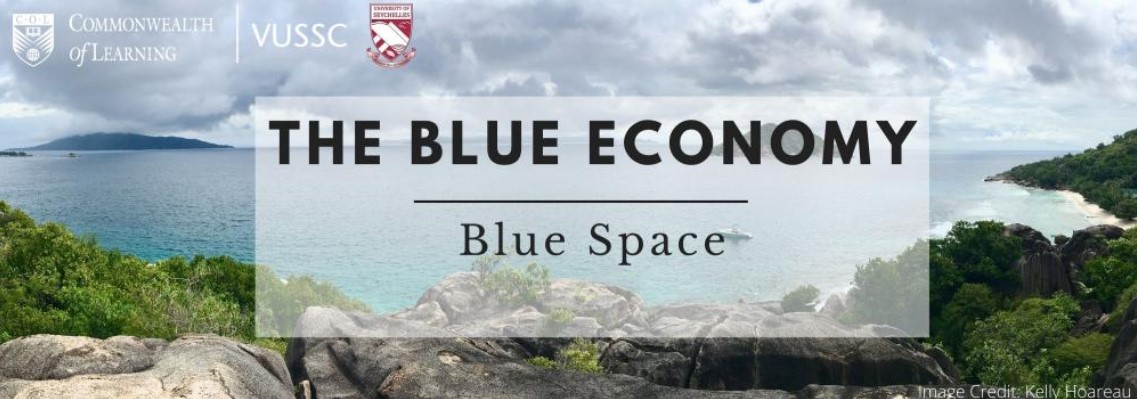Course Overview
Planet earth’s defining feature is the ocean and it is the reason that life exists. It produces oxygen, absorbs carbon dioxide, and contributes to freshwater renewal. It connects countries and cultures and supports ecosystems that bridge national boundaries. Nations are increasingly looking to the ocean to meet the needs of their people, particularly coastal communities and islands. Some are looking at their large lakes and rivers to do the same. This MOOC introduces the key activities that take place in, and influence, coastal and marine space, for example, coastal and climate adaptation, tourism, shipping and port infrastructure, waste, and maritime security.
Whether you live in a landlocked or coastal nation, the benefits of developing a sustainable Blue Economy are relevant. Over five weeks you’ll discover how and why the Blue Economy concept is driving innovative thinking about how we engage with the ocean and how it supports societies. Through discussion forums and a live session with course tutors, you’ll get to interact and collaborate with other learners, plus the videos (including featured experts), reading, and quizzes help you understand the material. All this for only 4-5 hours of your time per week. This is the final course in our four-part series and it can be taken on its own, but you will gain the most value by taking all four courses.
Learning Outcomes
This is an introductory course for persons from various backgrounds, both technical and non-technical. The integrated, multi-sectoral nature of the Blue Economy provides an opportunity for new knowledge to be developed, regardless of how much or how little you may know. Upon completion of this course, you will be able to:
- Describe some of the key activities that make use of coastal and marine space.,/li>
- Explain the benefits and impacts of these activities.
- Assess the role of sustainability in advancing development in coastal and marine space.
Instructor(s)
Kelly Hoareau, UniSey BERI

